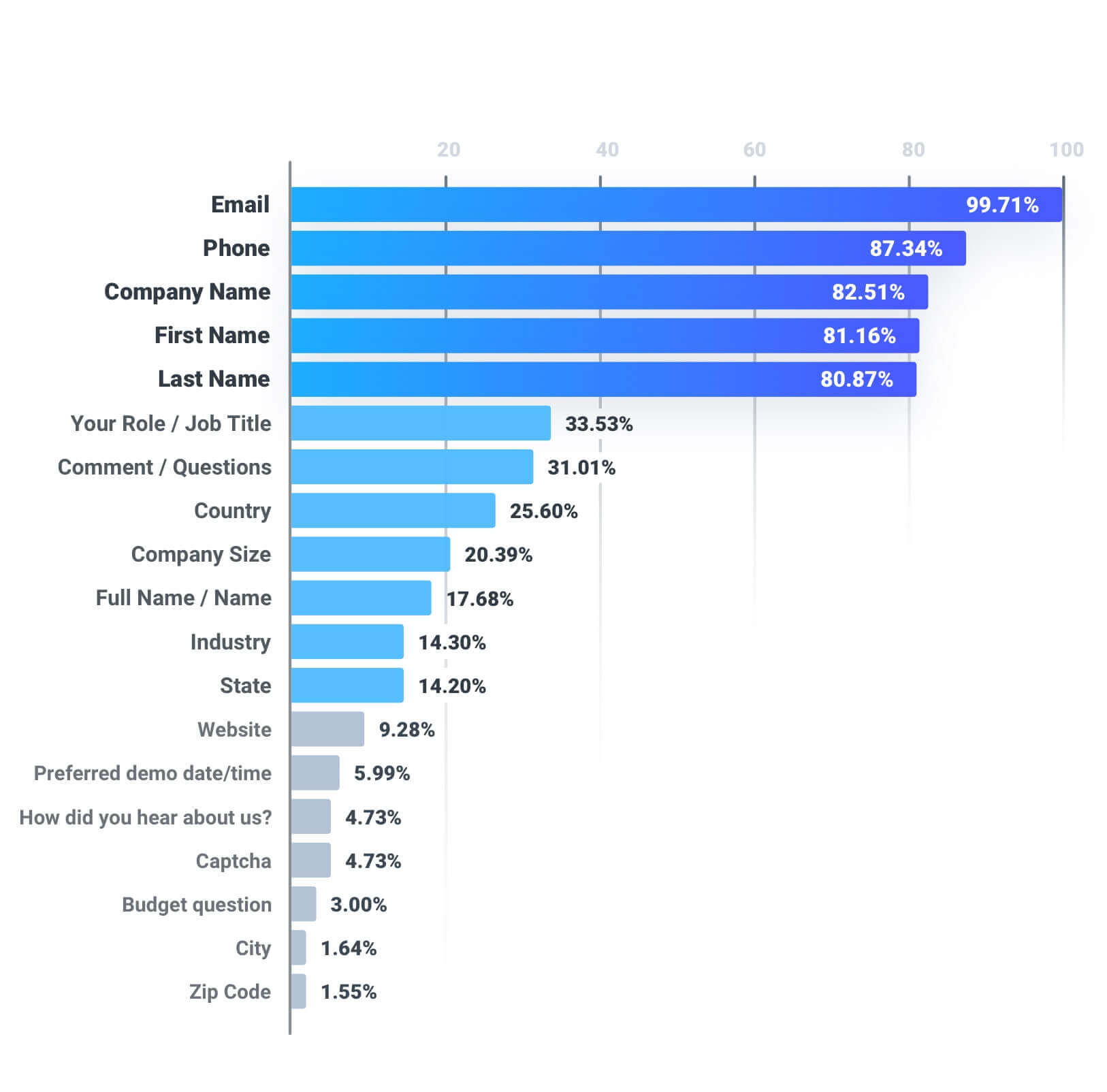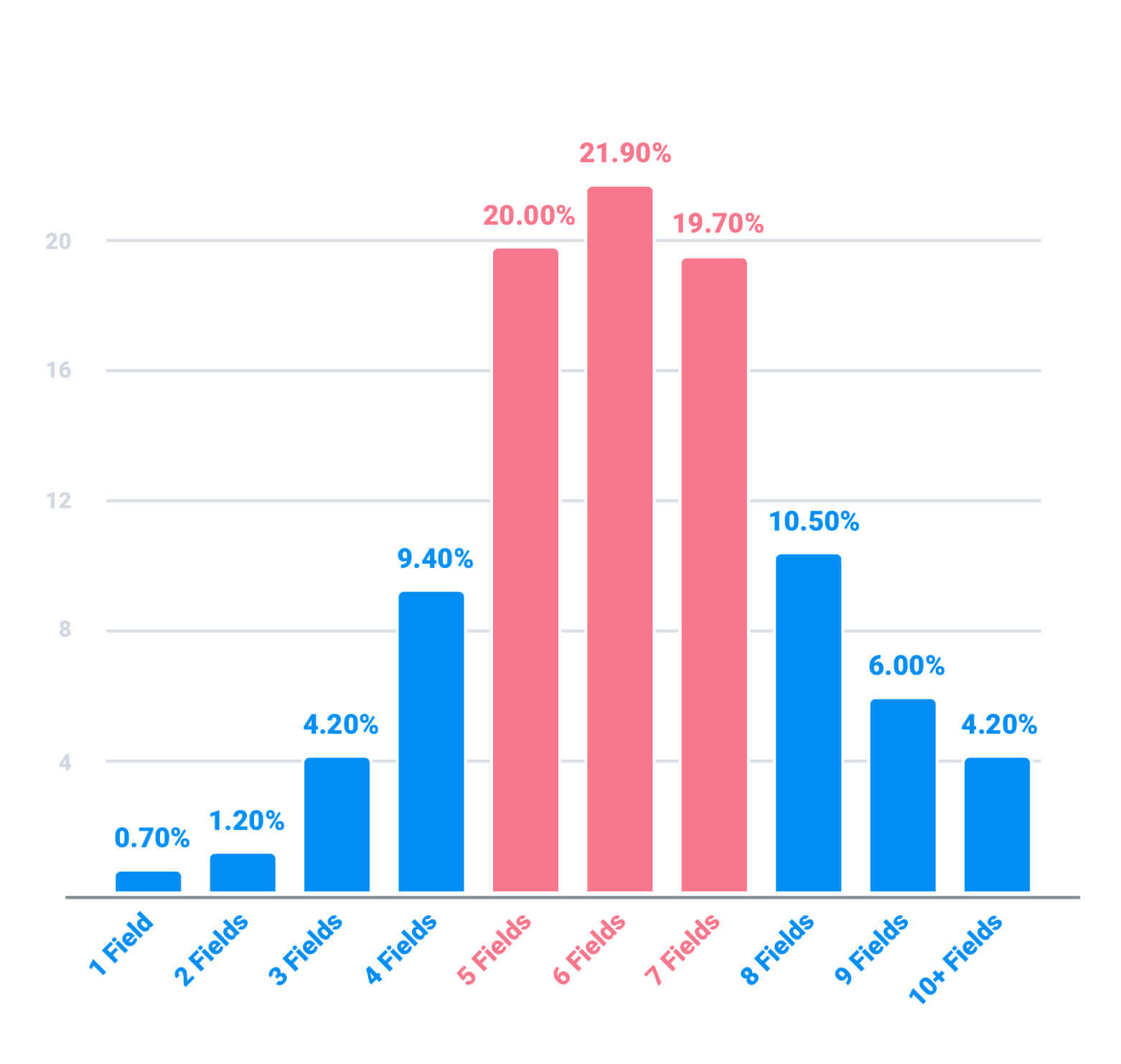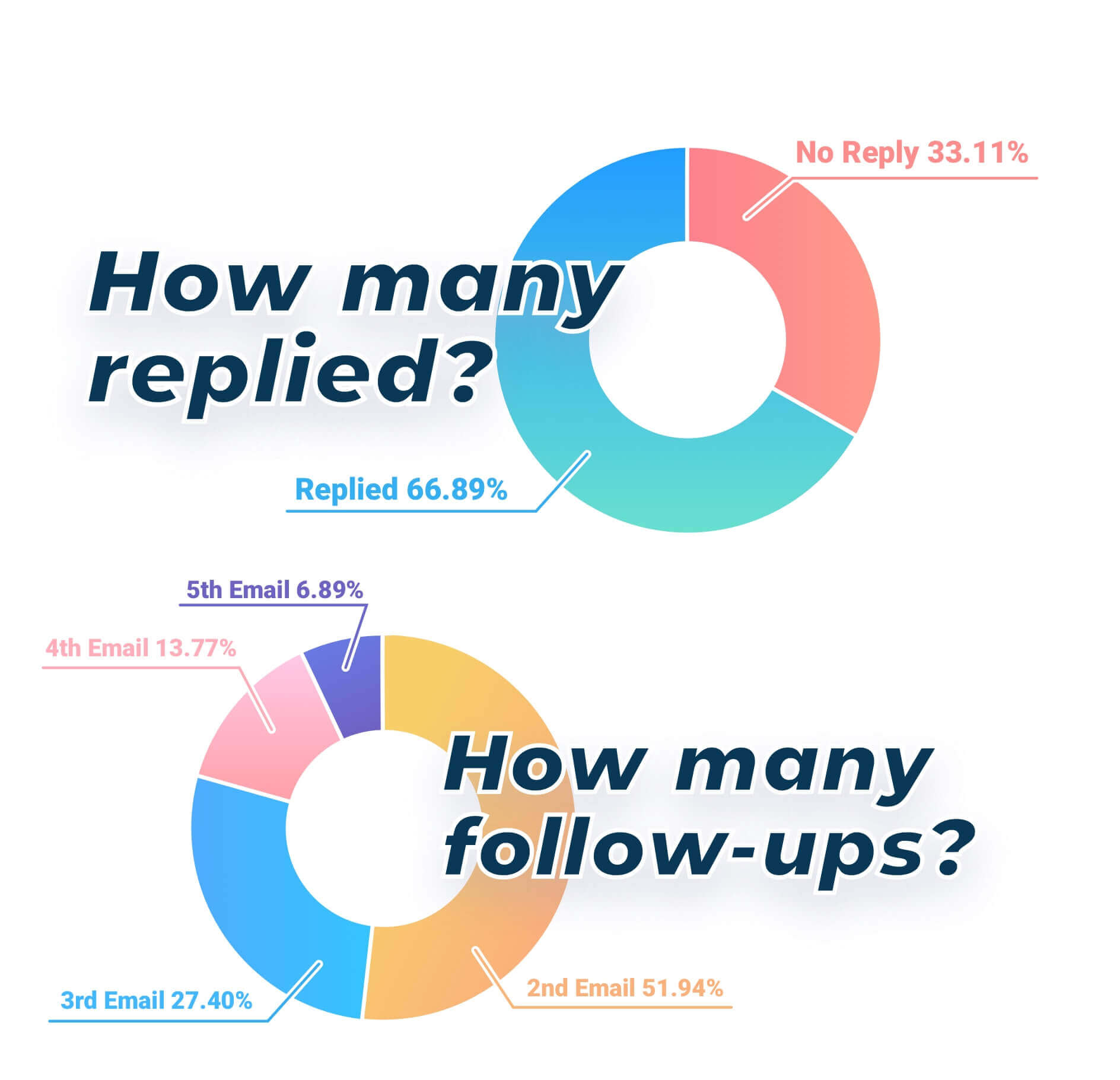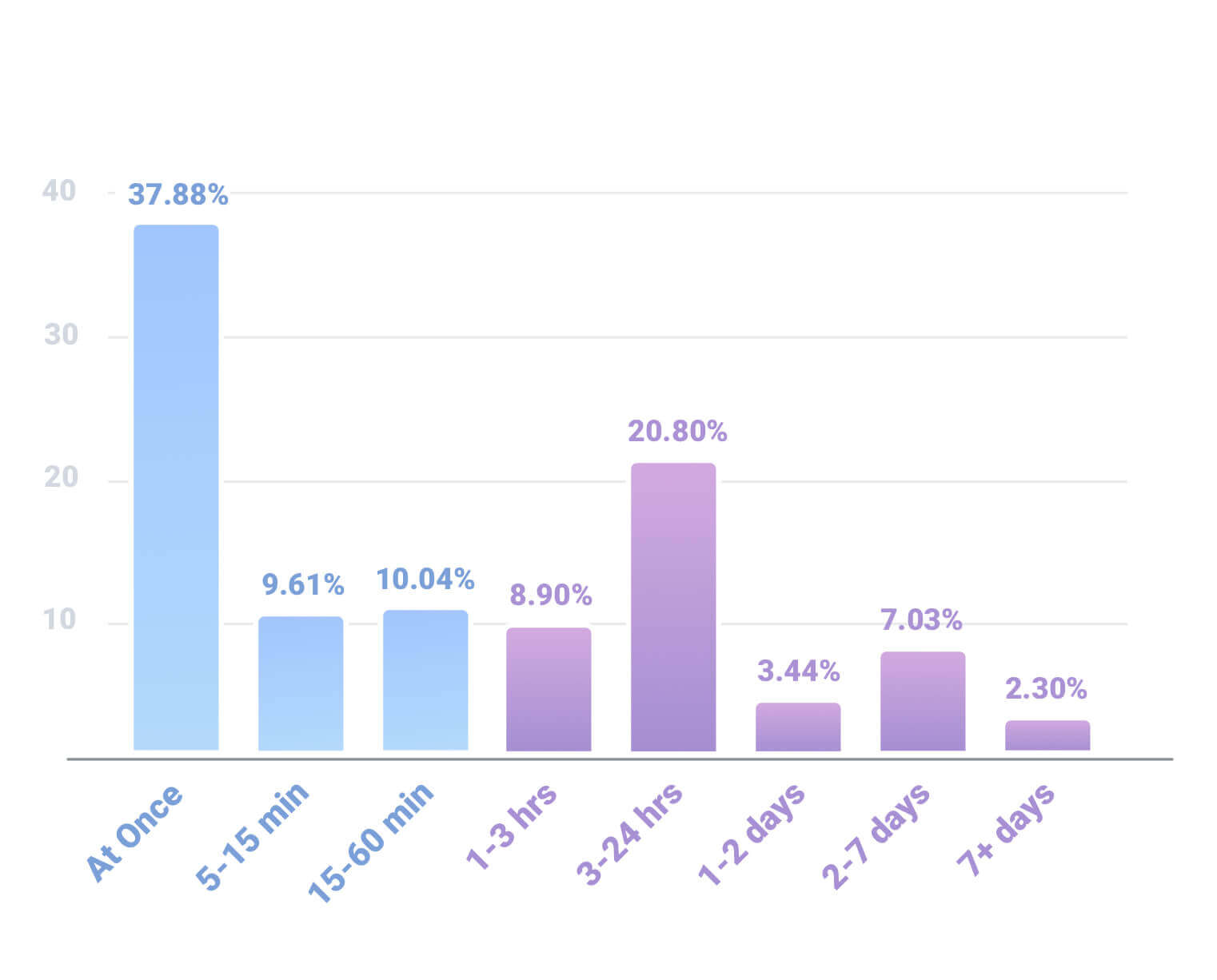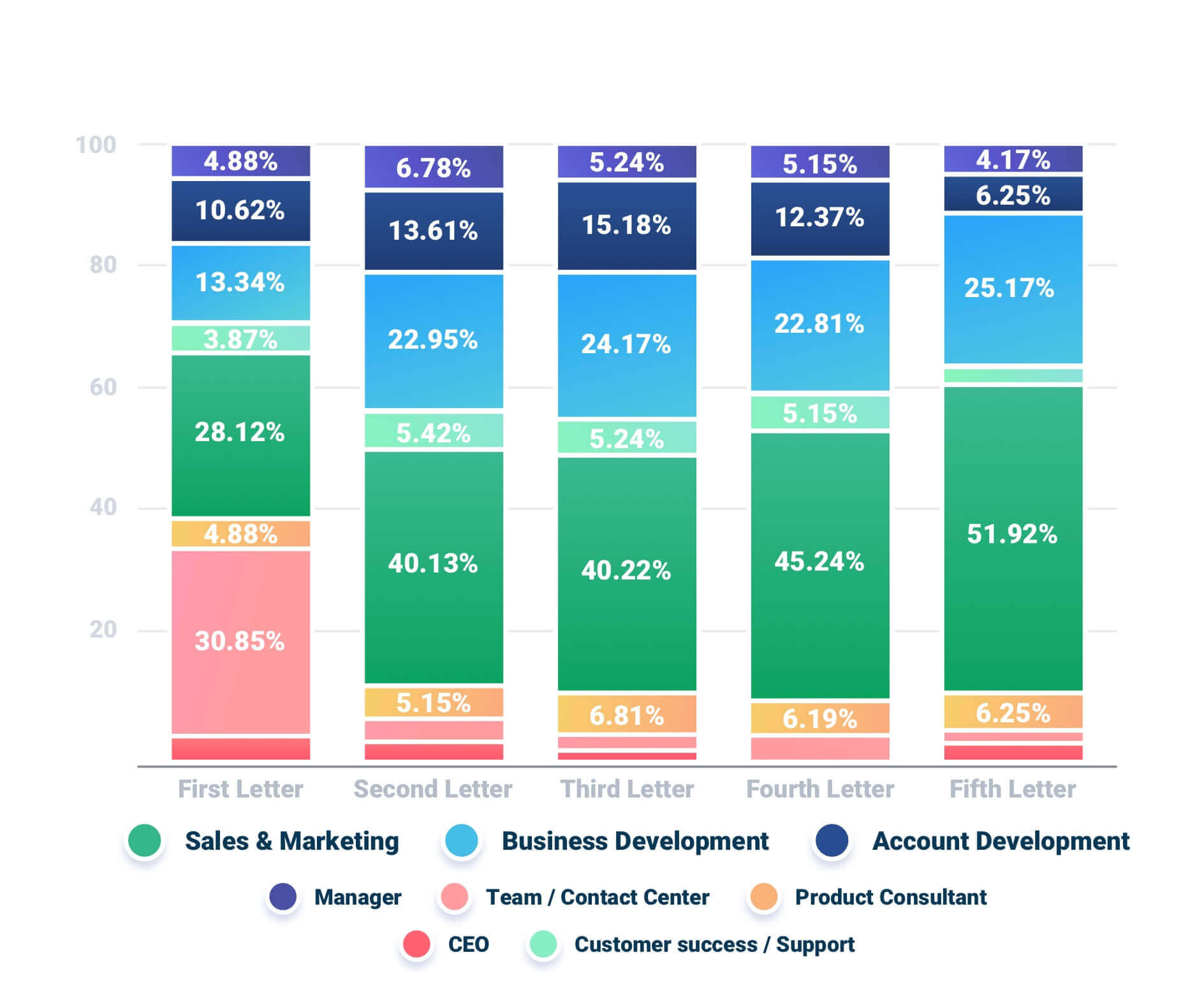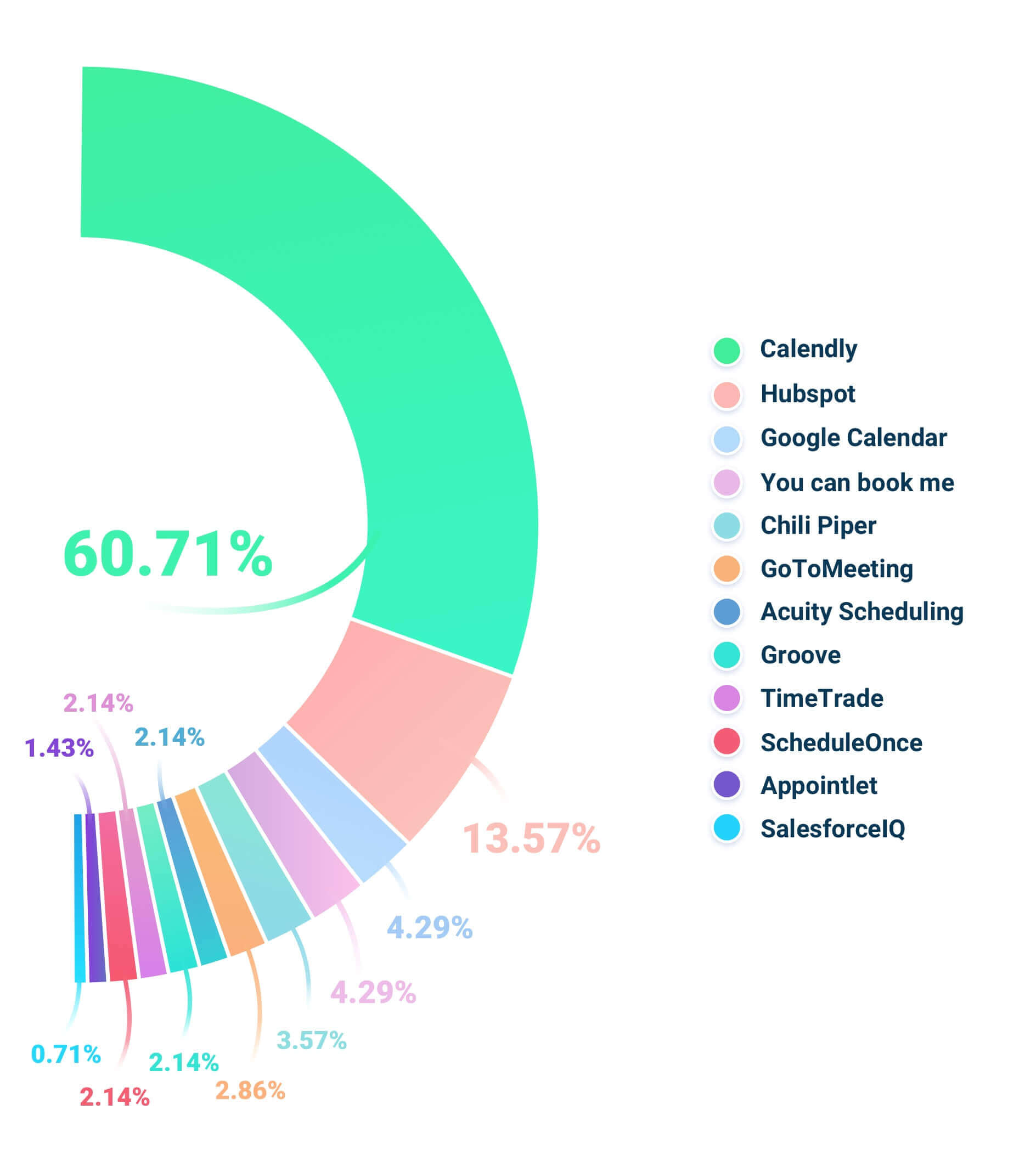
How many product demos have you requested up until now: ten, twenty, a hundred? What would you call someone who requested over a 1000 demos? — Probably “crazy”, but that is exactly what we did when we decided to research how SaaS companies handle demo requests.
Why we did it?
AcademyOcean has a pretty simple pricing plan, yet our entry level price, so to speak, may be a barrier for a lot of our potential clients. That’s why we have a demo request as our main call to action — we want our potential clients to understand what exactly they are paying for and nothing beats a personal demo when it comes to showing off your product.
At some point we decided to see how the rest of the market is dealing with demo requests to pick the best practices and maybe learn some cool techniques.
Collecting data
First, we selected over a 1000 SaaS companies that had a demo request button on their website. We used Netpeak Spider to streamline this process. As a result we received a list of 1217 companies with a “Request Demo” button on their website, but 175 of them were either not SaaS or granted free access to their product demo, so we excluded them from the research.
Then we began a long and tedious process of requesting demos from each company in this long list of over 1000 companies.
To eliminate the subjective part of how well we could negotiate a demo, we did not reply to any of the letters sent to us. We just waited and recorded everything from the first response time to how much follow up letters were sent, to which scheduling service companies use to schedule a demo call.
We also recorded the style of letters sent, if the person sending them offered some preliminary learning material before scheduling a private demo, and even what did the “Thank you” page look like (separate page, pop-up, etc.)
Data Analysis
The whole process of requesting demos, recording all the data and structuring it took us almost three months. We put everything into Google Spreadsheets and tried to make sense of it all. Here is the data we came up with after 1042 demo requests.
Form fields
Top 5 most common demo request fields: Your Name, Company Name, Phone and, of course, EmailTweet this
As you can see from this chart, most common fields are: first and last name (with most forms having two different fields), company name, phone and email, with email being necessary practically in all forms.
The most “useless” fields turned out to be related to a more precise geographical location: city and zip code.
Company size, country, job title of the person requesting the demo and additional questions are the main secondary questions the companies want to know about you.
Form size
Most demo request forms have 5 to 7 fieldsTweet this
Apparently, 5 to 7 fields is the optimal size for a demo request form.
Six is the most common number of questions you’ll see in the demo request form.
Unsurprisingly, the 5 main questions are:
- First name
- Last name
- Phone
- Company name
The sixth question is usually your job position, company size or a field to leave a comment. Most companies want to know who they are communicating with in terms of decision making.
Email sequence
Among SaaS companies 33% of demo requests stay unanswered!Tweet this
Analysing emails was actually a lot of fun and very interesting. Seeing different approaches and styles made us rethink how we addressed our potential clients when they requested a demo.
Yes, not all the companies replied to our demo request. Looks like ⅓ of the companies either veto the applications or do not respond for other reasons.
Among those who responded, only about 52% sent a second letter.
Of all the companies that replied with an email, 108 (15.5%) sent out a calendar invitation right away — no wasting time for these companies, they want to do business right now.
Reply time
38% of SaaS companies use autoresponders for demo requests. 50% of the rest reply within the first 24 hours.Tweet this
We also looked at how fast the companies responded to our demo requests.
Out of all who responded, almost 38% replied at once with an automated message, while out of everyone else, almost 50% responded within the first 24 hours.
Contact person
Sales, Marketing and Business Development departments usually reply to demo requests. 2% of replies are from company CEOsTweet this
One of the question that was really interesting to us is “Who should reply to a demo request?” We recorded the job position of every reply sender and this is what we saw.
Since a lot of first messages are sent automatically, it’s no surprise they are signed by a lot less personal “Team” or by a Sales Manager at best.
When it came to the second letter and further on, over ⅔ of all the follow up emails requested some sort of confirmation that a demo is still needed. Also, the sender changed notably.
All the follow up emails starting from the second one are dominated by the Sales, Business Development and Account Managers. It’s interesting though, that some of the 1st emails (0.29%) were signed by a senior level executive—VP of sales or marketing.
Around 2-3% were signed by the company CEO. This is mostly the case for small SaaS companies where a CEO still has time to participate in closing the sales deals.
Scheduling software
Calendly is the most used demo scheduling software among SaaS companiesTweet this
Another interesting question is the choice of scheduling software. Which one is the most popular among SaaS companies?
No surprise here, Calendly is a clear leader with Hubspot free scheduling app in the second place.
Conclusion
So what does a common Demo Request pipeline looks like? Well, from what we gathered, it goes something like this:
- You fill out a 5-7 field form on a website.
- Leaving your email is always mandatory.
- With a 30% chance you get an immediate generic auto-response, signed by the company’s Team informing you of the next steps.
- Or you get your first reply within the first 24 hours from a sales or business development manager.
- If you are really lucky (2-3% chance), you’ll get an email from the company’s CEO.
- If you won’t schedule a demo after 3 emails, your chances for a successful demo session drop quite low, as only ~9% of companies bother to send further follow ups.
- But if you do schedule a demo call, you’ll probably use Calendly or Hubspot to book the time and date.
Infographic
For sharing convenience, we created an infographic based on this report. You are free to download and share it with your colleagues and friends:
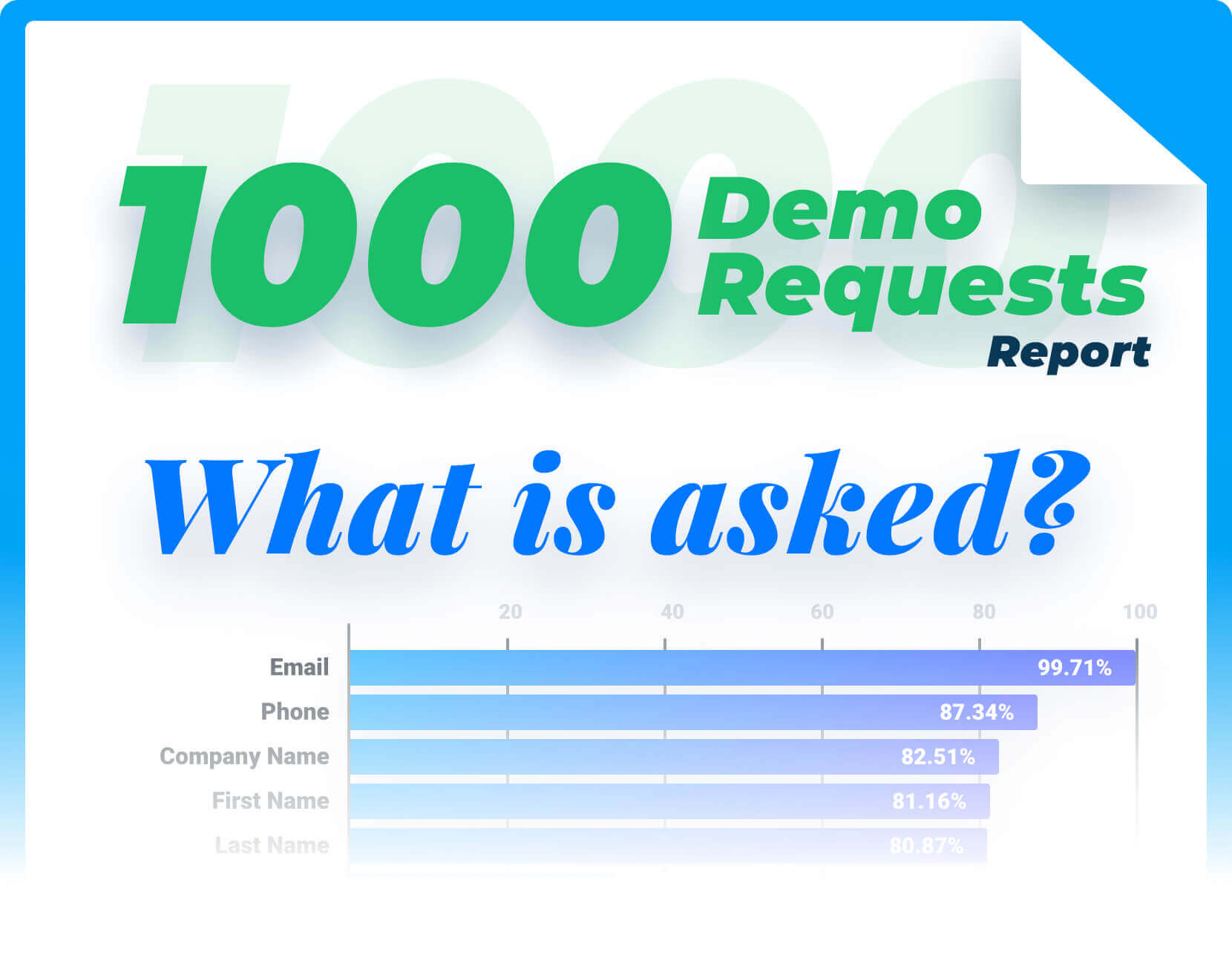 View Full Infographic
View Full Infographic